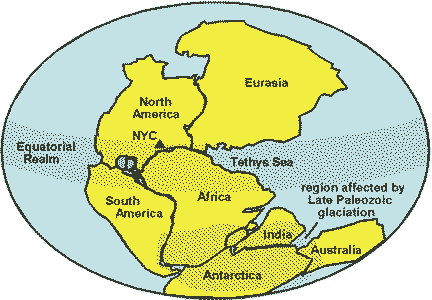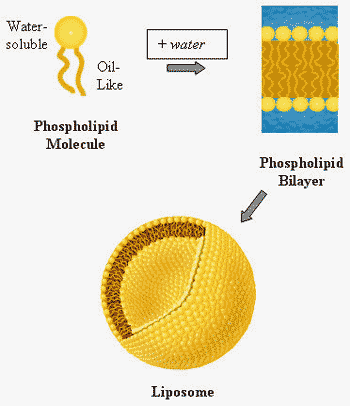| A | B |
|---|
| _____ is a method paleontologists use for determining the ages of rocks and fossils on a scale of absolute time, based on the half-life of radioactive isotopes. | Radiometric dating,  |
| The number of years it takes for 50% of an original sample of a radioactive isotope to decay is called the isotope's _____. | half-life,  |
| The production of a new genome through the transfer of part of the genome of one organism to another organism is called ____. | genetic annealing |
| An aggregate of abiotically produced molecules surrounded by a membrane or membrane-like structure is called a(n) _____. | protobiont |
| An enzymatic RNA molecule that catalyzes reactions during RNA splicing is called a(n) _____. | ribozyme |
| Fossilized bacterial mats that formed as far back as 3.5 billion years ago are called _____. | stromatolites |
| A(n) _______ is a collection of autonomously replicating cells of the same species. | colony (This Volvox in the picture below is considered to be a colony),  |
| The supercontinent formed near the end of the Paleozoic era when plate movements brought all the landmasses of Earth together is called ______. | Pangea,  |
| What are the names of the three domains? | Bacteria, Archaea, and Eukarya |
| The model of the origin of eukaryotes that proposes that mitochondria, chloroplasts, and perhaps other cellular structures were formerly small prokaryotes that lived symbiotically inside larger cells. | endosymbiosis,  |
| The hypothesis that glaciers covered the planet's landmasses from pole to pole 750-570 million years ago is called _____. | snowball Earth |
| The half-life of carbon-14 is 5700 years. If there was 10 grams of carbon-14 in a bone fragment 11,400 years ago, how much carbon-14 would still be left today? | 2.5 grams (After 5700 years, half of the 10 gram original sample would be left, so after 5700 years there would be 5 grams. In the next 5700 years, half of that 5 grams would be left, so after a total of 11,400 years ago, only 2.5 grams would be left),  |
| A specialized cell that engages in nitrogen fixation in some filamentous cyanobacteria. | heterocyst,  |
| Scientific data indicates that Earth formed about _____ years ago. | 4.6 billion |
| Small membrane-bounded droplets called ______ can form when lipids or other organic molecules are added to water. | liposomes,  |
| The first genetic material was probably ____ due to its ability to catalyze reactions including its own self replication. | RNA |
| ______ are similar fossils found in the same rock strata in different locations. They allow strata at one location to be correlated with strata at another location. | Index fossils,  |
| Each era is a distinct age in the history of Earth and its life, with boundaries marked by ________ seen in the fossil record. | mass extinctions |
| The geologic record is divided into three _____. These are further subdivided into _____ which themselves are further subdivided into ____. | Eons, eras, periods |
| The earliest known fossils date back about _____ years ago. | 3.5 billion |
| Prokaryotes were the only life forms from about _____ to ______ years ago. | 3.5 billion to 2.1 billion |
| The first photosynthetic organisms were probably _______. | cyanobacteria (also known as blue-green bacteria) |
| Earth's early atmosphere was much different than today's atmosphere in that it lacked _____. | oxygen |
| The oldest fossils of unicellular eukaryotic organisms date back _____ years ago. | 2.1 billion |
| The oldest fossils of multicellular eukaryotic organisms date back _____ years ago. | 1.2 billion |